|
Wei Li is a Chinese Canadian comic artist, filmmaker, and storyboard artist. For his work on Netflix’s Carmen Sandiego, Li received a Daytime Emmy Award for Individual Achievement in Storyboarding. He has also contributed to shows for Dreamworks Animation, PBS, and Netflix. We are so thrilled to have spoken to him regarding his debut film Tehura, which challenges the pervasive orientalist objectification of Tahitian women through the lens of its protagonist, a Tahitian dancer trying to reclaim her body and identity in front of a tourist audience. Your website mentions how the people of Tahiti encouraged you to make this film. Why is it important to have representation in media and how can we further advocate that in the spaces we share?
Tahiti is often reduced to a ‘paradise’ where ‘ beautiful noble savages’ dance for the enjoyment of outsiders. This is the orientalist lens we have imposed upon it globally. Tehura is my attempt at understanding the beauty that Tahitian dancers see in their own dance, rather than the one we’ve imposed. My attempt is only a flawed peak into that beauty. Only through more diverse representation of experiences and perspectives, would we have the privilege of glimpsing into the profound richness of what we humans call ‘beauty’. Before I consider advocating for representation, in any kind of discussion, I try to direct questions that hopefully open the floor to less heard voices. Then I just try to listen. And sometimes I fail at this. I also try to remind myself that to advocate for someone is a gift. An honor bestowed with great trust. A trust that we have to earn first. What kind of message did you want to share by having your titular character share a name with the painting of Paul Gaugin’s adolescent wife? It was my way of turning Gauguin’s orientalist work on its head. The submissive wife now becomes the subversive and powerful dancer, defiant against the centuries of subsequent objectification of Tahiti that followed Gauguin’s wake. How did your perception of the “male gaze” and “invasive tourism” change after having gone to Tahiti and creating this film? In what ways did those themes influence Tehura? Having grown up in very patriarchal societies, I too was ingrained with the male gaze that fantasized and objectified women. Working on this story gifted me with the imperative to interrogate and challenge all of that within myself. It’s not easy and the work is never finished but I think my ‘gaze’ is much healthier today. Prior to creating the film, the thought of going to Tahiti never occurred to me as I was never drawn to the typical ‘invasive’ tourist experiences. However, my experience of Tahiti was anything but typical. It was one of the most enriching experiences in my life. I received the warmest embrace by a culture in which art is embedded in the community, and inspiration flows from a spirit of generosity. I learned from them what it truly means to be in community. Since then, I have taken on community building as an art form in my personal life. Ultimately, these experiences didn’t just influence Tehura, they became the core themes of the film. To someone attempting to create something representing or inspired by another culture, how would you define the line between appreciation and appropriation? Firstly, we must recognize that the line between appreciation and appropriation is most of the time a very blurry one. No matter how well-intended you are, how respectful you think you are, there is always a chance someone thinks you are appropriating. And they might be right. Face this blurriness and accept that any work we create may be flawed. However, flaws can be invaluable if we can humble ourselves enough to engage in the potentially meaningful conversations that the flaws may create. I hope I can do this for the flaws in Tehura. Secondly, approach a project with the willingness to relinquish it if you do not feel like you have the support of the people of the culture. Did any themes from Tehura relate to your journey as an artist? Like many, my passion for art began with the deep drive to express something meaningful. But the path to being an artist is often clouded with the perceived requirements of honing one’s skills or pursuing validation from the industry. On this path, we often lose touch with what ignited our passion in the first place. In this sense, the themes in Tehura of returning to our roots, of reconnecting with our authentic voice to express what truly matters to us, is something I try to remind myself of everyday. Could you explain your filmmaking process? Each project ideally deserves its own process but for me, there are two essential questions that I ask before embarking on any project. The first is “Is this project worth my commitment?” It’s a yes only if the project is overflowing with questions that challenge my understanding of life. The second question is “What does this project need?” I would design the process to answer this question. In the case of Tehura, the filmmaking process did not truly begin until I traveled to Tahiti. At which point, I built my process around what was being shared by the Tahitian dance community. What were some emotional and physical challenges that you faced and how did you overcome them? Is there anything from this process that you will take into future film projects? Animating a whole short film while working full-time can be exhausting, both physically and mentally. At one point, I learned to draw with my non-dominant hand because I developed tendonitis in my dominant hand. Eventually I had a burnout and realized I had to take better care of myself. I began practicing yoga and taking dance classes. I came to realize that having joy in life is paramount to any challenging pursuits. Instead of dedicating every moment to completing my next project, I now allow myself to find joy in my daily life. How do you hope this film will influence the current generation? I don’t have such high hopes to be honest. It’s not because I am pessimistic or humble. It is because I find no use in having hopes for something outside of my control. Besides, what the current generation will create will likely be a lot more surprising and interesting than what we can predictably hope for. Any advice you’d like to give to those who are trying to get into animation? Getting into the industry is all about demonstrating a certain level of proficiency in artistic skills. Achieving that proficiency level simply requires time and persistence. There’s no way around it. It might feel grueling at times, but I’ve seen persistence transform the slowest learners into professionals. If your younger self saw your work now, what do you think he’d say? I often forget to take the time to cherish how far I’ve come, so I very much appreciate the moment this question is asking me to take. He would say, “You did it. You’ve become the artist I want to be.” But of course, the artist I want to become now feels as grand as ever. Writers: Jordan (@deadlyswampsofsadness) | Point Person: Gaby, AIA Team Comments are closed.
|



